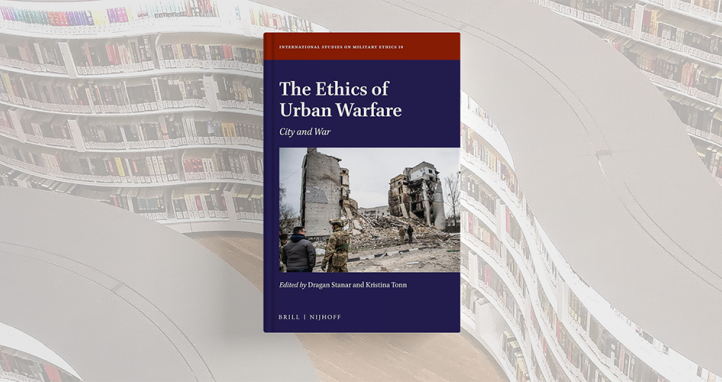Facts and figures
| Total military personnel | 2,000 |
| Total military expenditure | $USD 0.04 billions |
| Military expenditure as a percentage of GDP | 1.11% |
| Military expenditure as a percentage of total Global expenditure | 0.00% |
The ‘Know Your Region’ series is designed to support unit and individual professional military education on the Indo-Pacific region.
Military Capability
Timor-Leste's military history is deeply intertwined with its struggle for independence, first from Portuguese colonisation and then from Indonesian occupation. The nation's journey toward sovereignty involved both internal resistance movements and international intervention, both instrumental in shaping the development of its military forces.
During the Indonesian occupation (1975–1999), the Timor-Leste people faced brutal repression. Despite overwhelming odds, local resistance groups like Falintil (Armed Forces for the National Liberation of Timor-Leste) waged a determined campaign against Indonesian forces. The resistance was marked by guerrilla warfare and acts of civil disobedience.
The turning point in Timor-Leste's military history came in 1999 when a United Nations-sanctioned multinational force, INTERFET (International Force for Timor-Leste), intervened to restore peace after the UN-sponsored referendum favoured independence. This intervention marked a crucial chapter in Timor-Leste's path to freedom and paved the way for the establishment of a new nation. Following independence in 2002, Timor-Leste established its own military, known as the Timor-Leste Defence Force (Forças de Defesa de Timor-Leste or F-FDTL). The F-FDTL was envisioned as a professional and apolitical institution tasked with ensuring the nation's security.
Timor-Leste maintains an active defence force of around 2,000 personnel. The military is lightly armed with vehicles and equipment mostly donated from other nations including China, South Korea, and the US. The F-FDTL has two infantry battalions and a small number of naval patrol boats. Timor-Leste maintains a joint Border Security Task Force with the Indonesian military to deny smuggling and trafficking operations.
As a relatively small military force, F-FDTL is focused on maintaining internal stability and contributing to international peacekeeping efforts. Its roles include defence, disaster response, and assistance in national development. The military is designed to be subservient to civilian authorities, emphasizing the importance of civilian control over the armed forces within a democratic framework. Timor-Leste has actively participated in international peacekeeping missions, reflecting its commitment to global security. The F-FDTL faced many challenges in its early years, including issues related to internal discipline. Efforts have been made to address these challenges through reforms aimed at enhancing professionalism, accountability, and adherence to human rights standards.
Timor-Leste has many defence cooperation arrangements and has received security assistance from Australia, China, Indonesia, Malaysia, New Zealand, the Philippines, Portugal, the US and the UN.
Military Co-Operation with Australia
The Australian Defence Force has a long history of military cooperation with the people of Timor-Leste dating back to WWII where allied forces fought alongside the population to repel the Japanese. Australia sent a small number of troops to oversee the 1999 referendum and then a much larger contingent to restore security after pro-Indonesian militias attacked civilians following the vote. Australia then led the 2006-2013 International Stabilisation Force providing security to the UN Integrated Mission in Timor-Leste (UNMIT). Australia’s defence support continues through the Australian Defence Cooperation Program and the Timor-Leste Police Development Program. In 2022, Australia and Timor-Leste signed a Defence Cooperation Agreement and Australia has promised two Guardian class patrol boats to be gifted to the F-FDTL in 2024.
For further information on Australian military co-operation between Timor-Leste and Australia, see the resource below
Article
Know your region
Know Your Region series gives you a shortcut to understanding other nations in the Indo-Pacific region.









